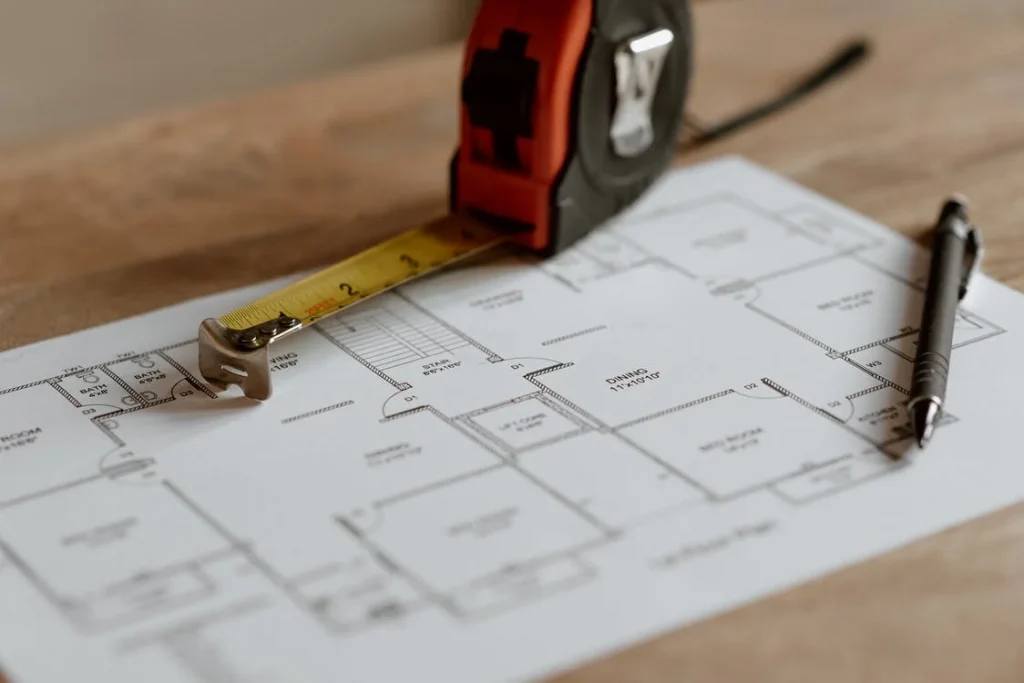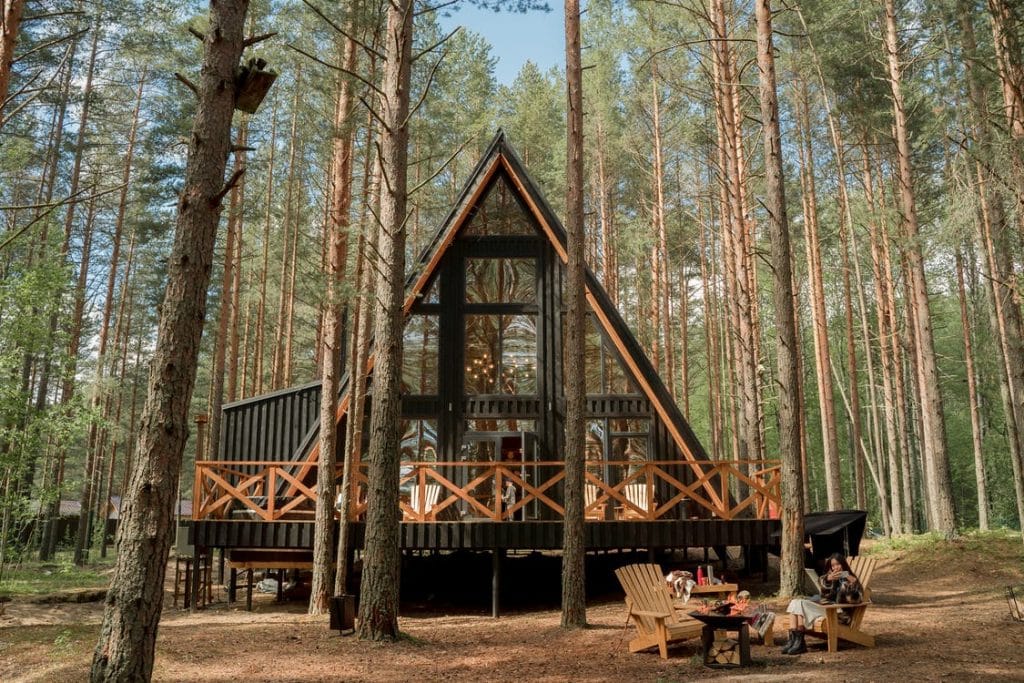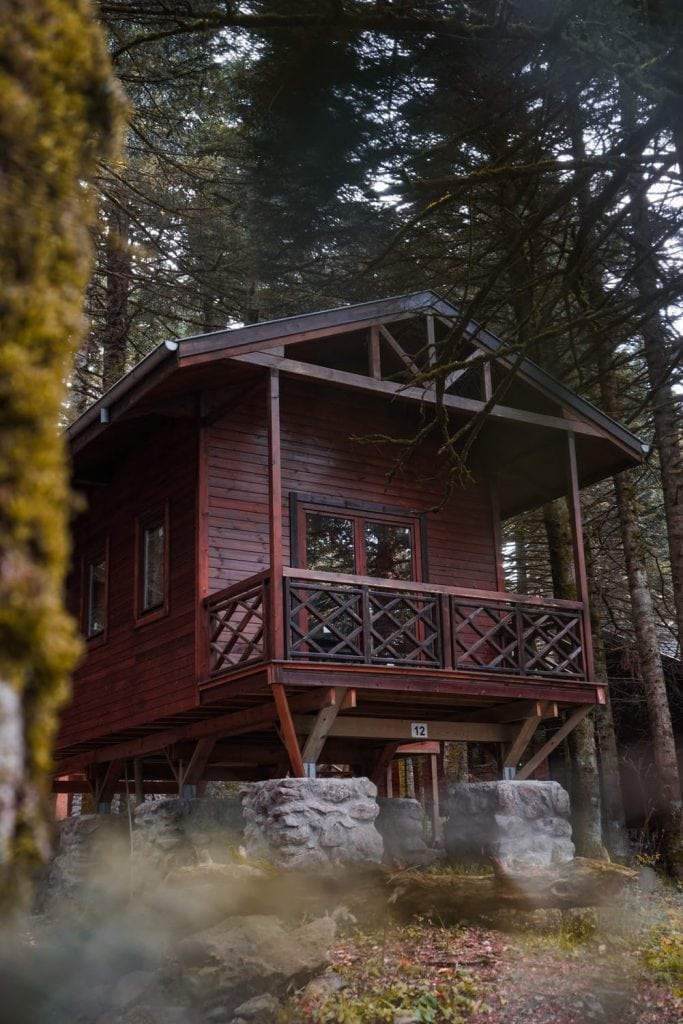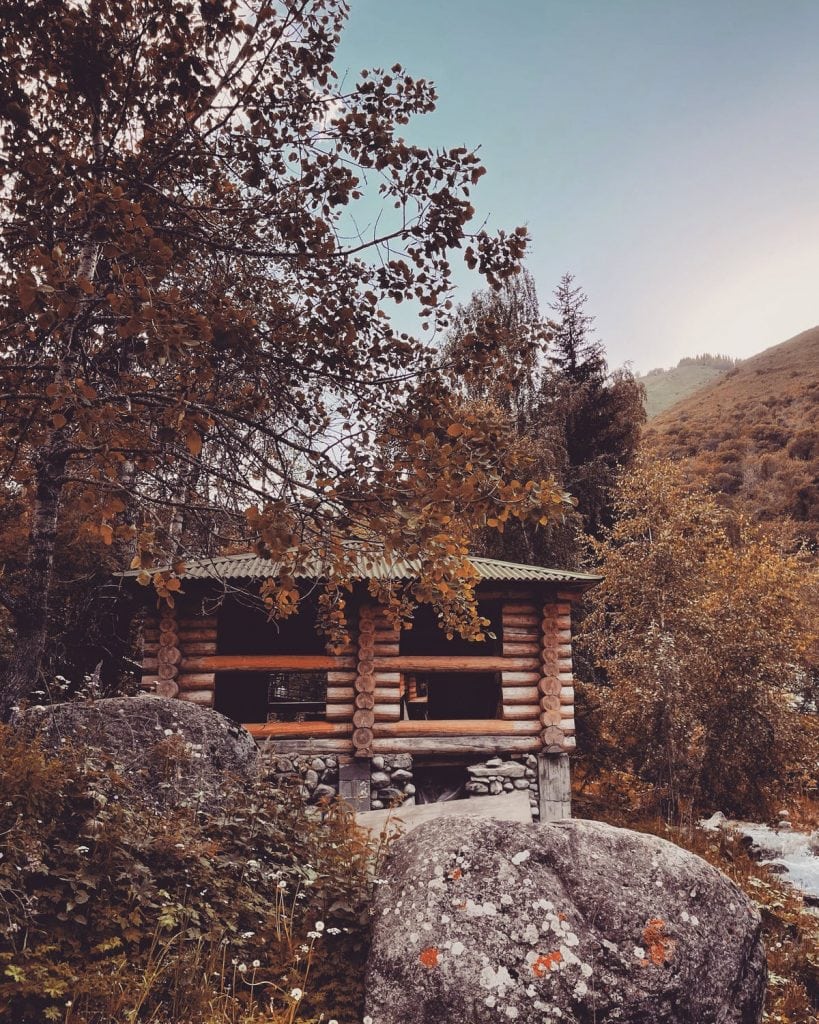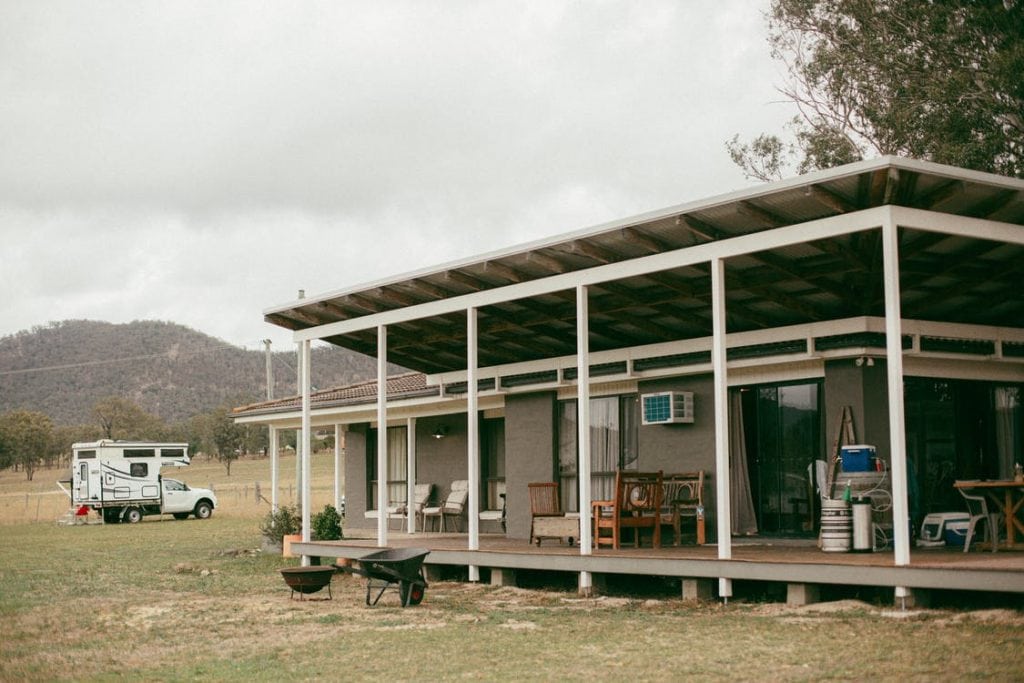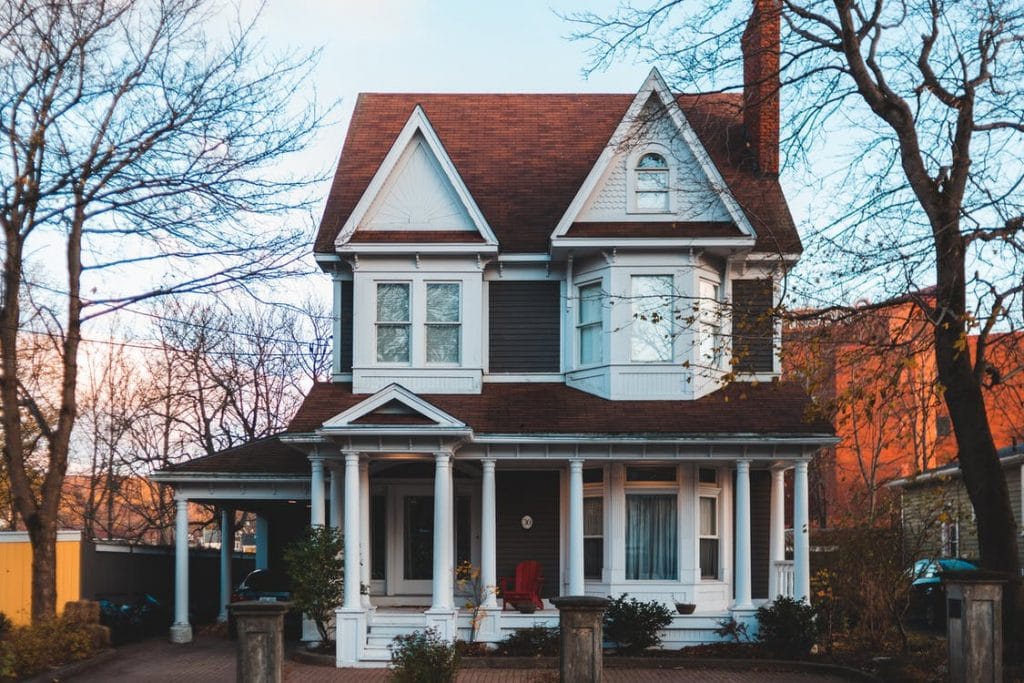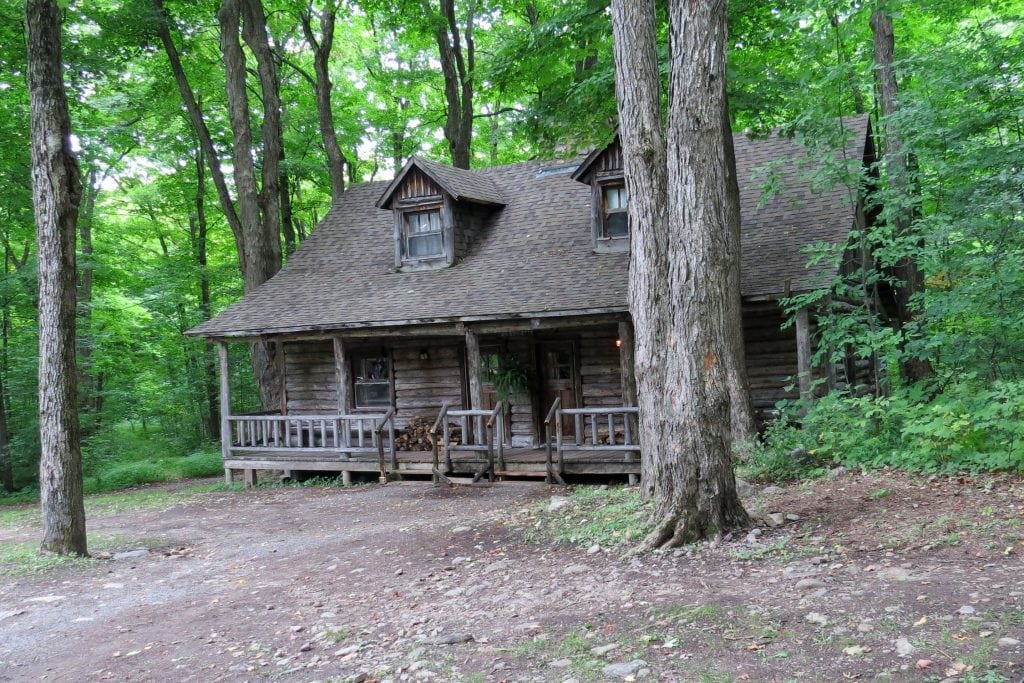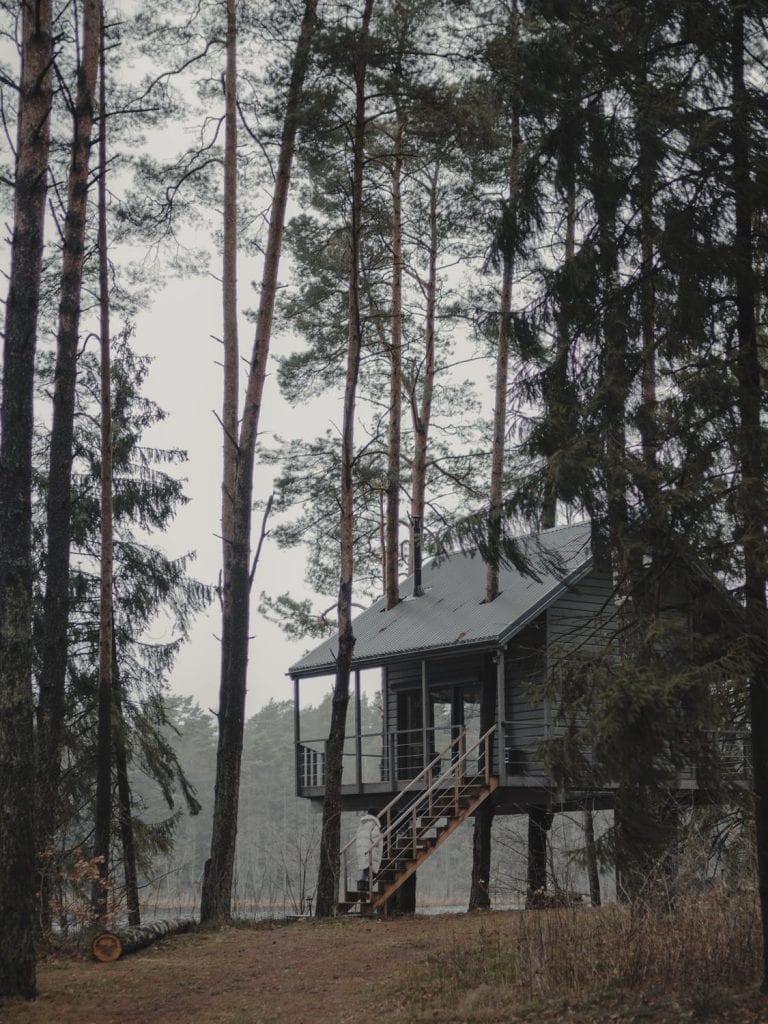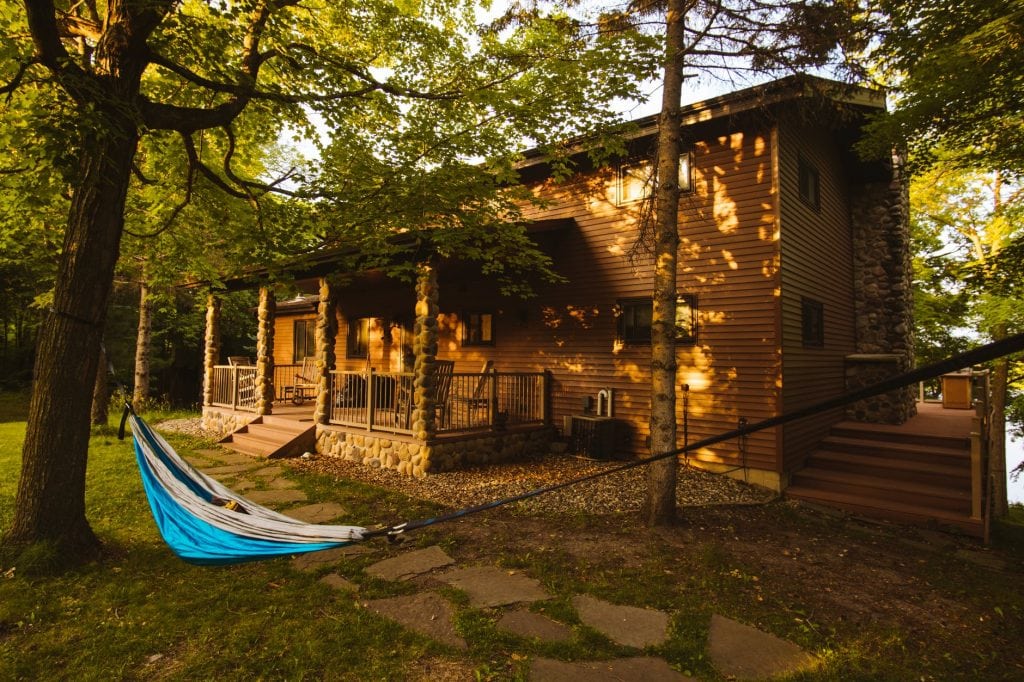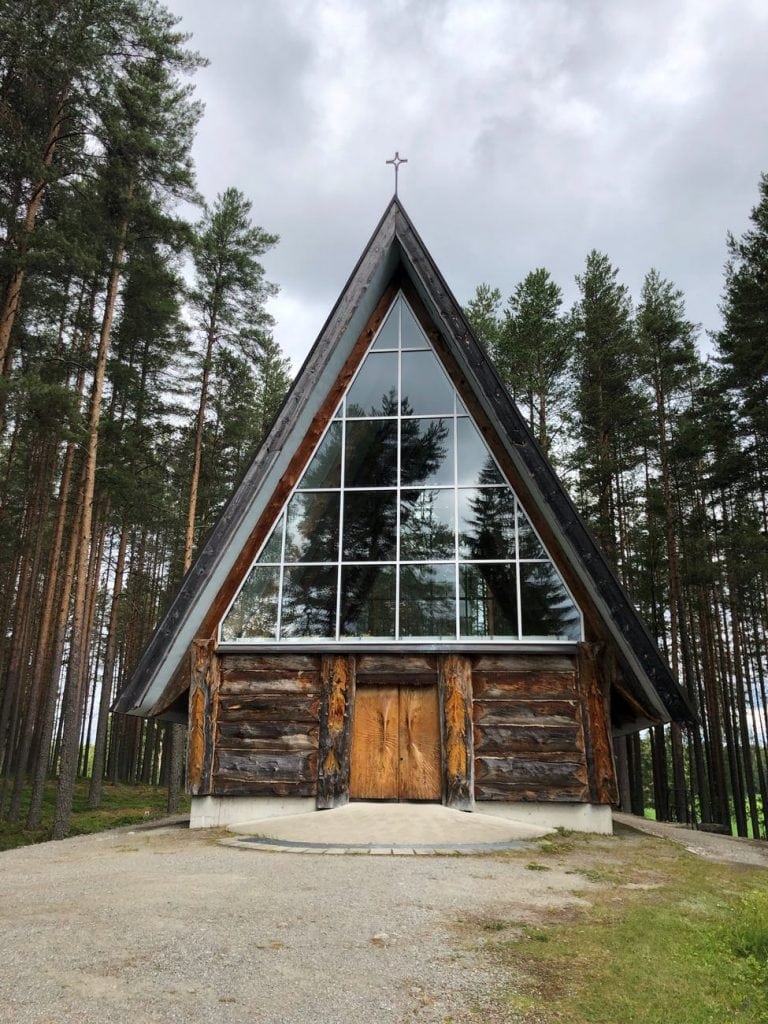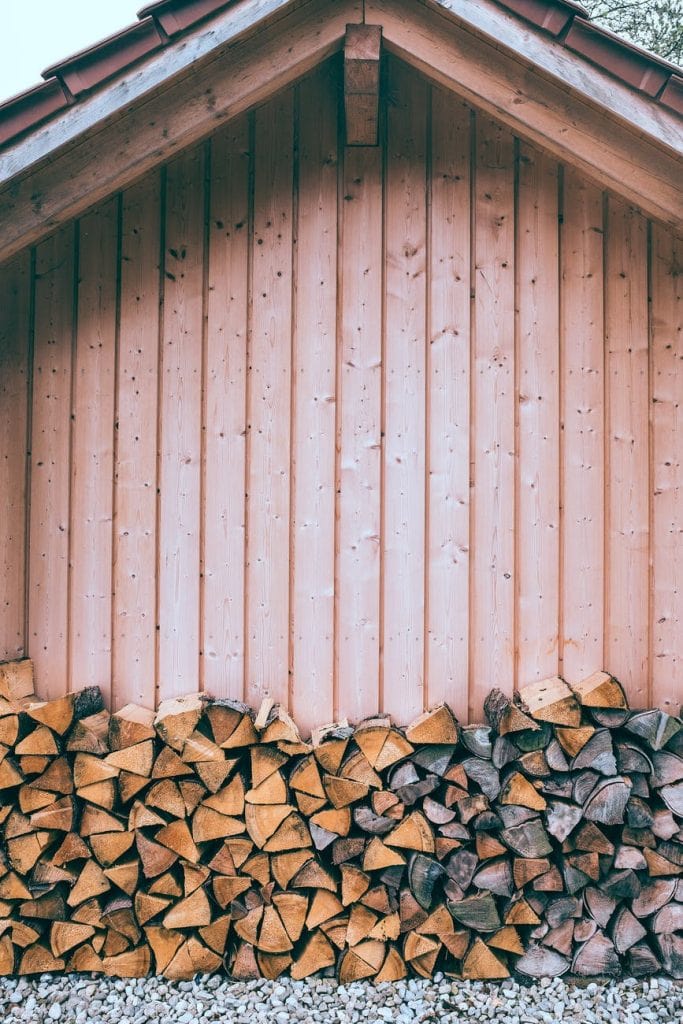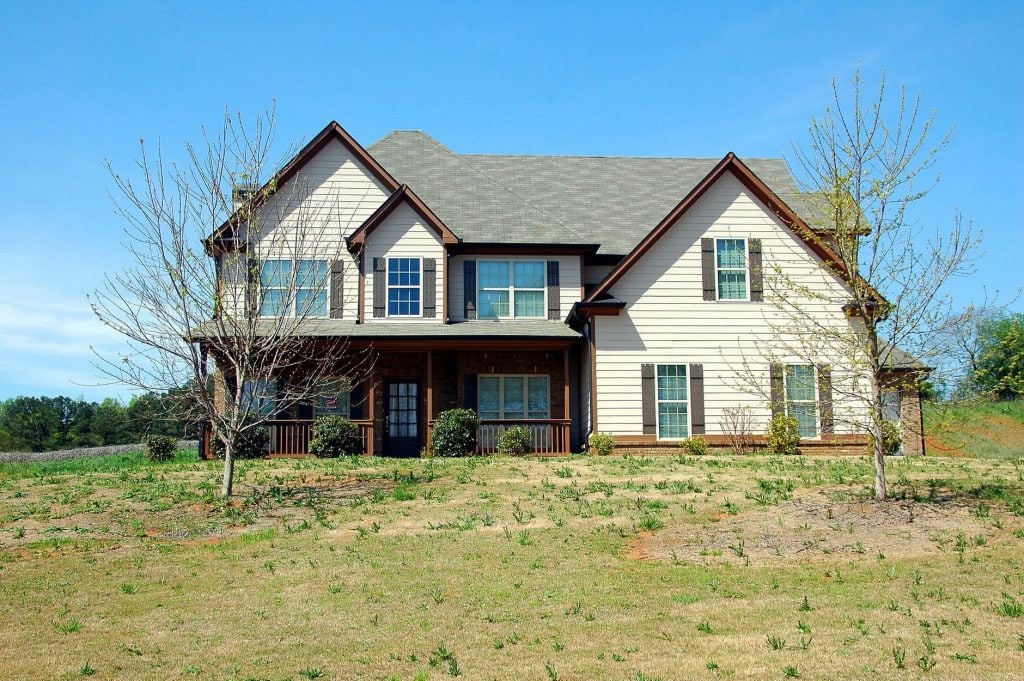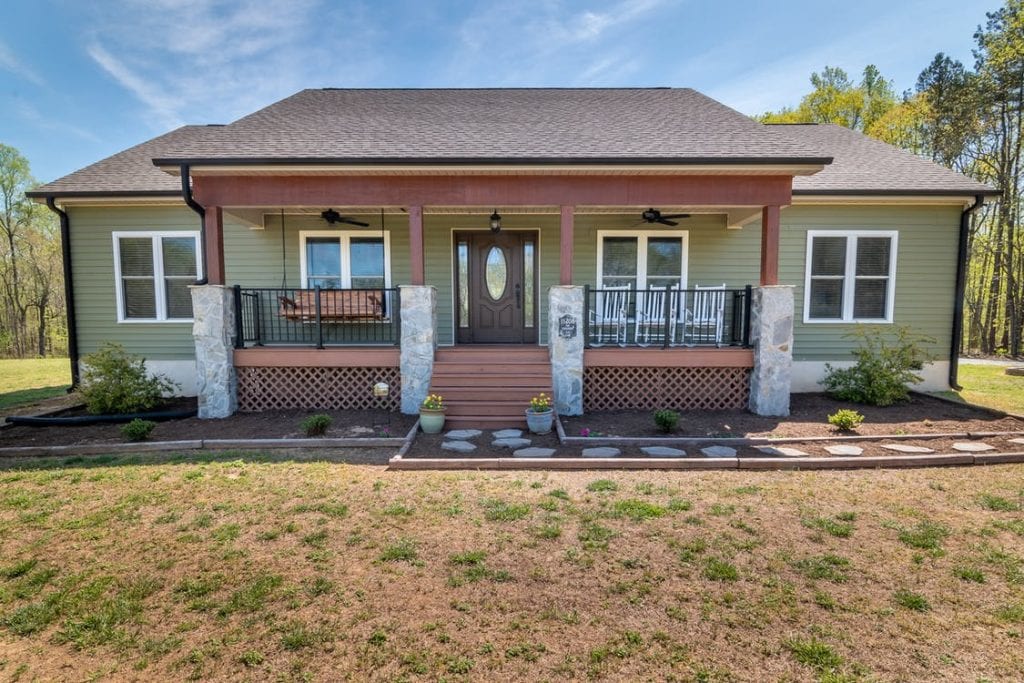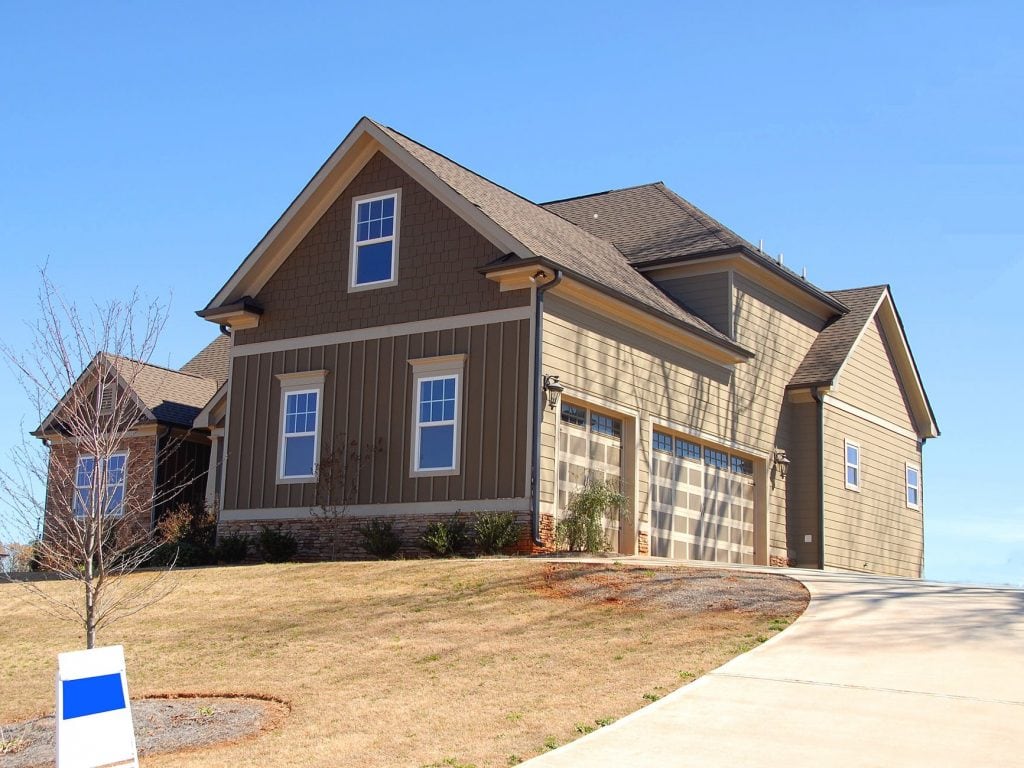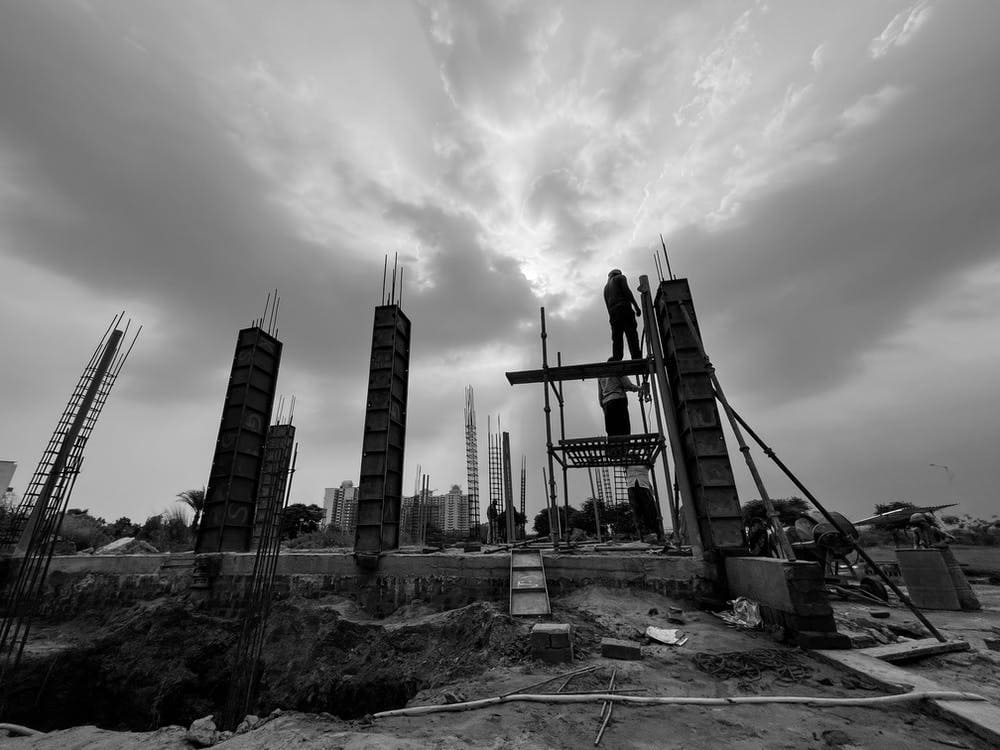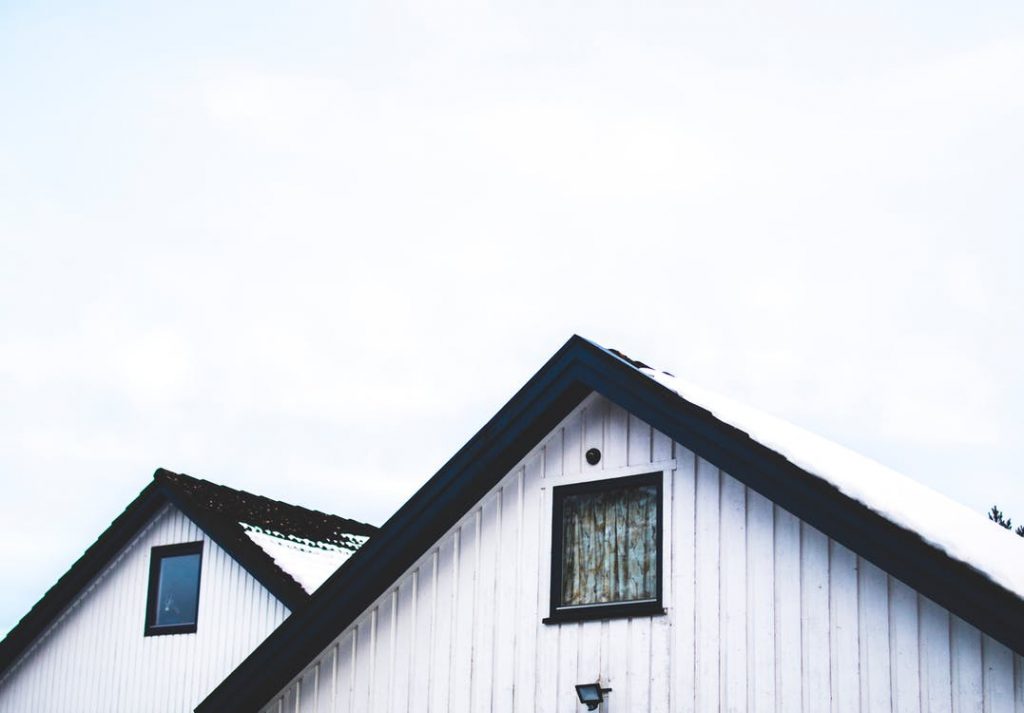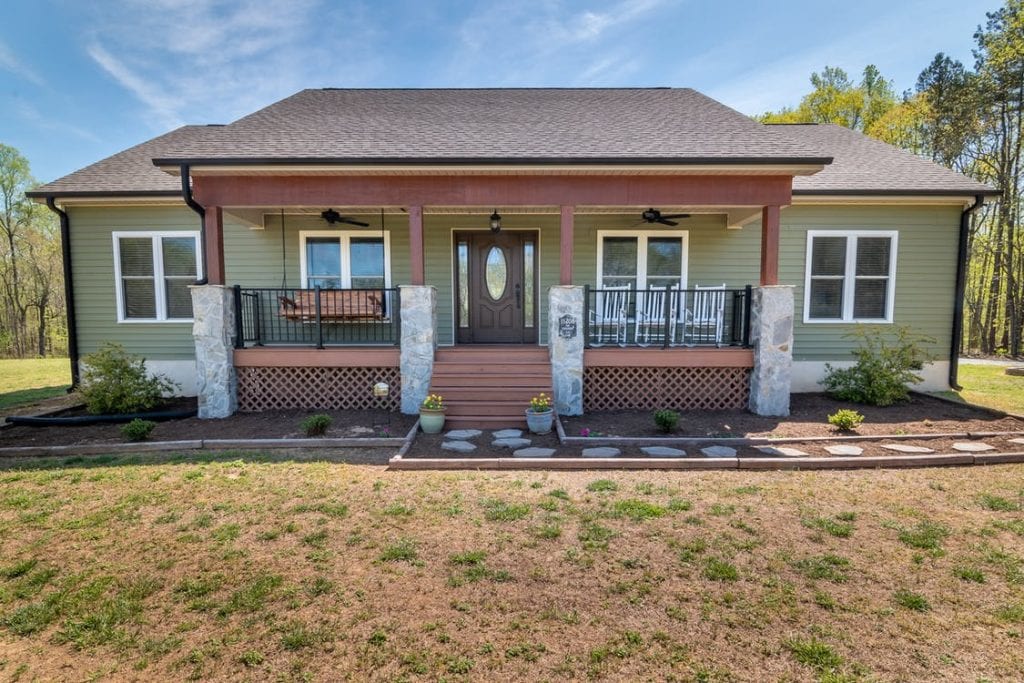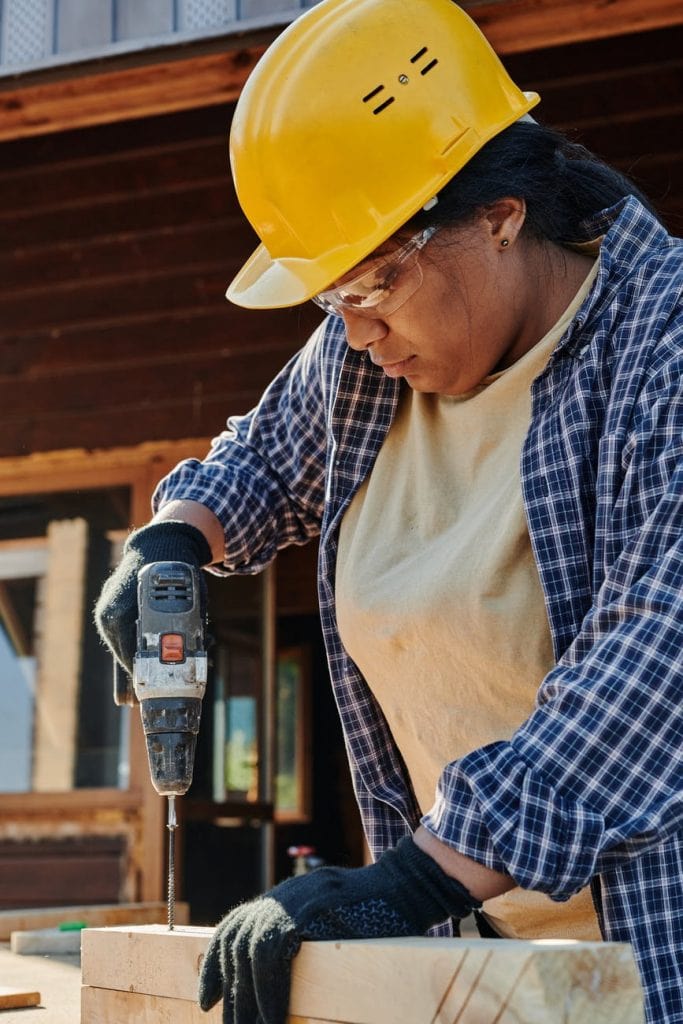Restumping, also known as reblocking, involves resetting (or replacing) the stumps on a house that uses a stump subfloor. This is normally necessary when the house stumps have settled as a result of soil movement, or when wooden stumps have rotted as a result of moisture in the soil. It is also a wise move to restump an older home that will be undergoing major renovations, due to the added strain on the structure of the house.
Restumping any house is a big undertaking and if it's not handled correctly, it could be very dangerous for you and your house.
All houses are different, and are built on ground with different soil conditions. For that reason, every house will display deterioration in different ways. If failed stumping is left untreated though, the end result is the same; partial or total collapse of the structure.
A house can be partially restumped if only certain areas need it, but there is always the risk that a few rotten stumps that were thought to be in good condition may collapse later on, requiring you to restump again. While wooden stumps may look fine, they may well be rotting under the ground. It’s a big job to have to return just to replace one or two stumps!
You can check the condition of a wooden stump by digging down around 10cm next to the stump and scratching at the base. If the wood gives easily, it is a good indicator of damage and will likely need to be replaced before it starts to crumble and drop, no longer supporting the floor above it. You should also look out for high water marks where moisture has been absorbed deep into the wood. If more than 20-30% of the stumps are damaged, it's almost certainly best to get them all replaced.
Signs That Your House May Need Restumping Include:
- continually cracking interior walls
- uneven, bowed or ‘soft’ floors
- exterior cracking on brickwork
- doors and windows not functioning correctly.
How Is A Home Restumped?
The first step is to assess which stumps need to be replaced or reset. This is normally done using a level to assess how even your floors are, and by checking the stumps themselves for movement and deterioration. The house is then gradually and slightly jacked up where the stump that needs to be replaced is, and existing stumps are either packed out to compensate for settling, or are removed and replaced altogether.
Depending on how much movement has occurred, it's possible that adjustments due to restumping the house will cause doorframes to warp, cracks in plasterwork, tile damage and similar issues.
Wood Stumps, Steel Stumps And Concrete Stumps
When houses are restumped these days, it is usually with galvanised steel or concrete stumps. These are not susceptible to many of the weaknesses that wood has – they don’t rot, are immune to termites and won’t warp over time. Steel stumps are also adjustable on-site, which is a great advantage when it comes to installation and can save you a great deal of time and effort.
While it can be quite expensive, it's well worth paying to have it done professionally and to the highest standard. Restumping is a difficult and dirty job, and having it done properly is crucial to the structural integrity of your home.
Restumping Or Reblocking Houses
Restumping a house is one of the first costs for a renovator to consider. Foundations are the key to a long lasting renovation and the cost when done at the initial stages, before any other major works are commenced is well worth the investment.
We provide some ideas on rising damp. restumping and reblocking. Restumping costs are well worth the investment in the long term.
House Restumping or reblocking for Sydney, Melbourne, Brisbane, Perth, Adelaide, Darwin, Canberra and Hobart.
Most houses built on timber stumps will need restumping but when?
Timber stumps can last anywhere from as little as 15 to as many as 80 years depending on soil conditions, timber used, drainage and termite attack.
A visual inspection can be made by scratching away the soil from the base of the stump (75mm to 100mm) and checking its condition. An Archicentre inspection will do this for you, or maybe a builder can advise on restumping.
Look for a reliable tradesman to restump or reblock your house, the house will need to jacked up, stumps removed and replaced with concrete stumps.
Floors will need to levelled, doors and windows may need to levelled as well this all adds to the price. Sounds like a lot of work, but restumping before commencing major renovations is worth it in the long run.
Underpinning
Now repalcing the foundations, are a little different to re – stumping. Here we are looking at underpinning. In the past that meant a lot of evcavation, today new methods including injection of a structural resin are alo possible.
Frequently Asked Questions
Reblocking and restumping are terms that describe replacing the old 'block' or 'stump' foundations of a home with new concrete stumps. Reblocking and restumping is mostly for older weatherboard homes which are raised off the ground with foundations. The terms basically mean the same thing.
The usual price range for re-stumping in Australia is $500-$700 per stump. Occasionally prices may be closer to $400 if there are no unique or unusual circumstances. Remember, the professionals may charge a bit more, but they'll save you money in the long run!
Average price for the restumping process is around $500 to $700 per stump. However, the price can be as low as $400 if there are no unusual or unique issues.
Unless your property is built on a concrete slab, most houses need restumping at some stage. Older houses are built on timber stumps, which can last anywhere from 15 to 80 years, depending on a variety of factors.
To block, prevent, or hamper again. quotations ▼ (transitive) To remould (a hat) into its original shape. quotations ▼ (transitive, theater) To block, or specify the position of, (actors on the stage) again.
Restumping Costs
Typical restumping costs for a 3 bedroom house will be between $9000 and $ 15000 depending on access, slope, size of house and required weight bearing load.
Costs will also vary depending on the style, a typical house in Melbourne or Sydney will cost less than a ‘Traditional Queenslander’ in Brisbane, simply because the stumps will need to longer and stronger.
An old house in Melbourne or Sydney will cost more if it is close to the ground, than one that easy access. So prices can vary greatly for the same number of stumps.
If you are replacing floors in a house this is a great time to restump, costs will usually be less as access is easier.
Is It Worth Restumping A House?
Well yes and no. As with any renovation you need to look at the total project, restumping an otherwise sound house will usually be well worth it. A house with other problems such as termites, dry rot or poor construction may not be worth the cost of restumping, or renovating.
How It Is Done
Re-stumping process make sure that you are fully covered by insurance, you will need to see that your chosen tradesman if qualified and see appropriate proof. You will need to contact your local council to see about building permits and other requirements. You may need a building surveyor in many cases
Reputable companies will require a small deposit 10 -15%. You will need to enquire about what is actually going to be done.
- All stumps
- To existing height or higher
- Guaranteed levelling of floors
- Removal of old stumps, waste etc
Reinstatement of doors and windows to good opening condition is not always included so ask about this to avoid nasty surprises.
Now the fun starts
The house will be prepared for raising and levelling, this may involve disconnection of some services
- The house will the jacked up and levelled.
- New stump holes will be dug
- Old stumps removed
- Stumps will be set and the house set on the stumps
- In older houses some of the sub floor may also need to be replaced.
If the house is very close to the ground the job can be more expensive with floor boards needing to be lifted as well. A house that is close to the ground may benefit from being lifted as well.
Unavoidable Factors Contributing To House Restumping Costs
Restumping is done to a house when the old timbers reach to a position where these will require replacement. These stumps are removed from the lower levels of the home. These are then replaced with stronger supporting stumps that possess a firm foundation. This is a renovation process that imparts the home the effects of rejuvenation helping it to sustain for a fairly long period.
Consider Restumping
There may appear a time after a fairly long period after construction of thefloors are sloping. Opening of doors is getting harder and cracks have formed on the walls. These are prime signs of the fact that the house requires a re-stump. The professionals who are working with the things for a longer period, seems best persons to counsel over these and advocate the house restumping costs.
Another form of re-stumping is underpinning. This is the process of restoring walls that have been damaged heavily. These damages might be due to an existing condition of a weak foundation. This process involves digging under an existing strip footing for computing the depth of the damage. New concrete is inserted beneath the old foundation in order to strengthen the soil. Thereby a solid footing will be generated helping the walls and floors to get back to their original levels.
Damage Factors
The process of Restumping addresses the entire issues within the home and the house restumping costs are settled accordingly. It is natural that while the retained issues are addressed, it will create trivial issues too. In some of the processes of repairs, re-stumping is seen to come up with small and internal cracks. These crackings are cosmetic by nature and can easily be redressed by using filler or a coat of paint.
House Restumping Costs Factors
The house restumping costs depends on several factors. These include scope of the job, property height, soil conditions, and changing materials.
Scope Of The Job
The scope of performing re-stumping is again determined by several aspects. These include:
- The number of stumps that are required to be replaced
- The height of the stumps thus needed
- The house restumping costs will also depend on the material of the stumps, i.e. timber, concrete or steel.
- The number of bearers and joists to be replaced
Larger properties take a longer period and cost more to re-stump. However, several other factors of the site play a big role too. There are cases where re-stumping is completed in a single shot. The house restumping costs goes up when the workers are needed to appear several times
Property Height
Properties at high altitude off the ground are opined easier to work on. The cost of labor seems to reduced In these cases. This is so as the use of a mini digger is enough for successful completion. On the contrary, the houses at lower position require the workers to excavate before starting the digging process. Alternatively, they would require lifting and holding the house over a sort of blocks for completion of the re-stumping process.
Soil Condition
The house restumping costs is highly influenced by the nature of soil underneath the house. Poor soil conditions require an additional type of works for successful completion of the job. Prior to the commencement of work, the soil must be tested. Such testing will help the developer to estimate the extent of depth till which the foundation footing would be required.
Changing Of Materials
The owner might want to make a drift in the materials of the foundation. For instance, they may ask to deploy concrete stumps in place of timber ones. This seems appropriate as concrete stumps will be stringer and will provide a lasting structural framework. But, such an affair might not be yielding every time.
Several factors affect the house restumping costs that must be taken into consideration to avoid any unfortunate circumstances.

